Do you have a question about the Sirona CEREC 3 and is the answer not in the manual?
Explains symbols and character formats used in the manual.
Clarifies terminology for PC and acquisition unit within the document.
Details requirements for safeguarding warranty claims via documentation.
Outlines national regulations and EU directives for product disposal.
States product compliance with CE mark directives for electrical safety.
Defines the specific application of the unit for producing dental restorations.
Covers prerequisites, maintenance, modifications, and accessories for safe operation.
Addresses safety related to the milling unit, including laser hazards.
Discusses potential interference from mobile phones and its prohibition.
Explains factors affecting data transmission and radio module conditions.
Guides on inspecting and handling the product upon delivery.
Instructs on disposing of packaging materials according to national regulations.
Details requirements for selecting a safe and suitable location for the unit.
Covers essential steps for first-time operation and setup of the unit.
Explains the function and usage of the START and STOP buttons.
Details the meaning and status indicated by the unit's LEDs.
Provides step-by-step instructions for filling the water tank.
Outlines installation procedures, including connecting the unit to the PC.
Details establishing a serial connection between the unit and the PC.
Specifies the requirement for connecting the unit to a grounded power outlet.
Provides instructions on safely switching on the unit, considering temperature.
Describes the procedure for downloading software via a DECT radio interface.
Explains steps for downloading software using the Höft&Wessel radio interface.
Details the process for downloading software using the provided serial cable.
Provides instructions on how to properly repack the unit for storage or transport.
Refers to a separate document specifying the exact contents of the unit's delivery.
Gives guidelines for storing the unit in a closed, dry environment.
Guides user on configuring acquisition unit to operate as a scanner.
Explains importance and initial steps for calibrating the unit.
Provides detailed steps for calibrating the milling unit using specific tools.
Outlines the procedure for calibrating the scanner component.
Details steps to initiate and perform optical scanning.
Guides user through steps to initiate the milling process.
Covers preparations necessary before starting optical scanning.
Provides specific guidance on preparing models for implant restorations.
Explains the process of creating a model using modeling compound for scanning.
Details specific preparation steps for scanning veneer models.
Provides general information and warnings related to changing the cooling water.
Introduces milling instruments and provides an overview of materials.
Lists milling instruments and corresponding materials.
Explains the process for replacing worn or defective milling instruments.
Lists approved care and cleaning agents and how to obtain them.
Provides instructions for cleaning exterior surfaces, including disinfection.
Guides on the safe procedure for replacing the main fuses.
Explains how to remove water from the unit for transport or storage.
Lists hardware and software prerequisites for running the system.
Provides technical specifications and details about the milling unit's capabilities.
Presents detailed technical specifications of the milling unit.
Describes features and technical specs of the optional scanner.
Details components and interfaces of the unit's controller board.
Lists technical details for the optional radio module.
Troubleshooting steps for DECT download issues.
Troubleshooting for Höft&Wessel download issues.
Troubleshooting for serial cable download failures.
Lists old/new designations, order numbers for instruments.
| Manufacturer | Sirona Dental Systems |
|---|---|
| Camera Type | Optical Camera |
| Software | CEREC Software |
| Type | Dental CAD/CAM System |
| Scanning Technology | Optical Scanning |
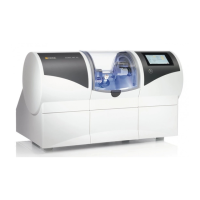
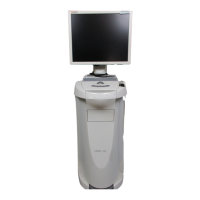

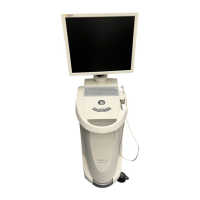
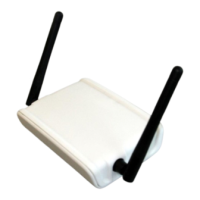
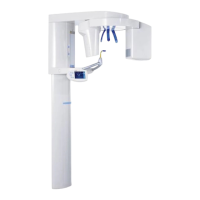
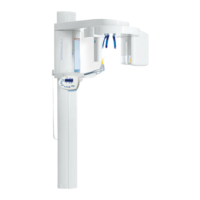

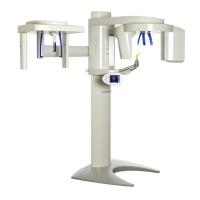
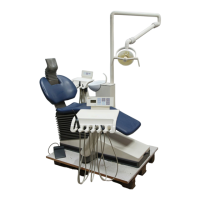
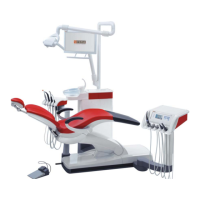
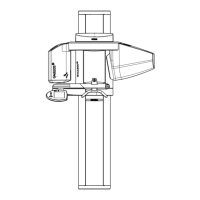
